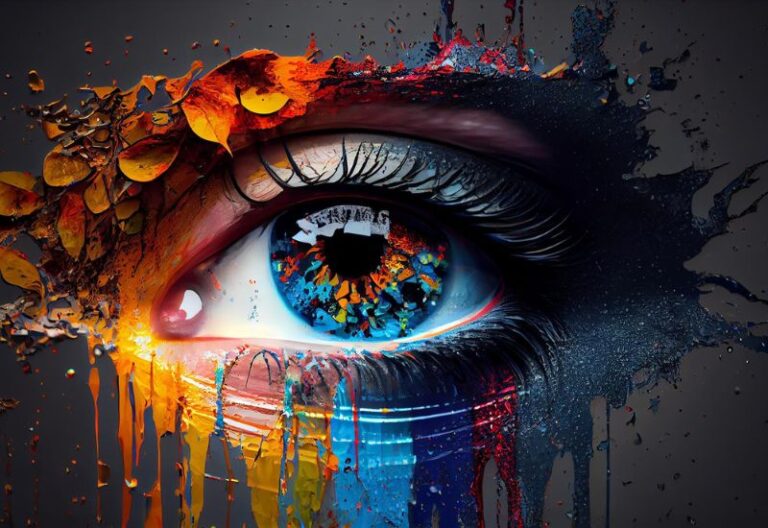In the field of design, images are essential for communicating ideas and grabbing the attention of viewers. Mastering the art of visual storytelling is crucial for producing powerful and memorable designs, whether they are produced through graphic design, web design, or even product design. Visual storytelling is the skill of delivering an engaging tale and evoking emotions via the use of pictures, colours, typography, and other visual aspects. In this blog, we’ll examine the fundamental ideas and methods of visual storytelling in design, empowering you to produce interesting, functional, and long-lasting designs.
The Power of Visual Storytelling
Visual storytelling is a powerful tool that can transform a mundane design into a captivating experience. By incorporating storytelling elements into your designs, you can connect with your audience on a deeper level and make your message more memorable. Humans are naturally drawn to narratives, and by leveraging this instinct, designers can craft designs that engage and resonate with viewers.
One of the key aspects of visual storytelling is creating a coherent and compelling visual narrative. This involves establishing a clear structure and flow within your design, just like a story has a beginning, middle, and end. Think of your design as a sequence of scenes, each conveying a specific message or emotion. You can effectively communicate your intended story by carefully arranging these scenes and guiding the viewer’s eye through visual cues.
The Role of Visual Elements
Visual elements such as images, colours, typography, and layout are the building blocks of visual storytelling in design. Each of these elements carries its own meaning and contributes to the overall narrative of your design.
Images have the power to evoke emotions and set the mood. Choosing the right images that align with your story is crucial. They should be visually appealing, and relevant, and help convey the desired message. Colours also play a significant role in visual storytelling. Different colours evoke different emotions and can help establish the tone of your design. By understanding colour psychology and using it strategically, you can enhance the impact of your design.
Typography is another essential element in visual storytelling. The choice of fonts, font sizes, and spacing can convey a specific mood or personality. It’s important to select typography that complements the overall narrative and maintains readability.
Additionally, the layout and composition of your design play a vital role in guiding the viewer’s attention. A well-structured layout helps establish hierarchy and directs the viewer’s gaze to the most important elements of your design. By using techniques such as the rule of thirds, grid systems, and visual balance, you can create visually appealing compositions that support your storytelling.
Creating an Emotional Connection
To truly master the art of visual storytelling, it’s important to create an emotional connection with your audience. Emotions are powerful motivators, and designs that evoke specific emotions are more likely to resonate with viewers.
One way to achieve this is by using storytelling archetypes and familiar narratives. Humans are wired to respond to certain story structures, such as the hero’s journey or the underdog overcoming adversity. By incorporating these archetypes into your design, you tap into the audience’s existing emotional connections and make your design more relatable.
Another technique is to leverage the power of symbolism. Symbols have universal meanings and can evoke strong emotions and associations. By carefully selecting and integrating symbolic elements into your design, you can enhance the narrative and create a deeper emotional impact.
It takes time and repetition to perfect the art of visual storytelling in design. You may produce designs that effectively communicate with your audience and make a lasting impact on them by comprehending the power of visual components, developing a cogent story, and forging emotional connections.
If you’re looking to elevate your visual storytelling in design, consider hiring a professional designer. Squids360 offers a range of design services, including graphic design, web design, and product design, with a focus on storytelling. Their team of skilled designers understands the importance of visual storytelling and can help bring your ideas to life in a captivating and impactful way.
To connect with your audience more deeply and to create meaningful experiences, visual storytelling is about more than simply aesthetics. By mastering this skill, you may elevate your designs and leave a lasting impression on the design community. In light of this, embrace the power of visual storytelling and let your designs express your creativity.









